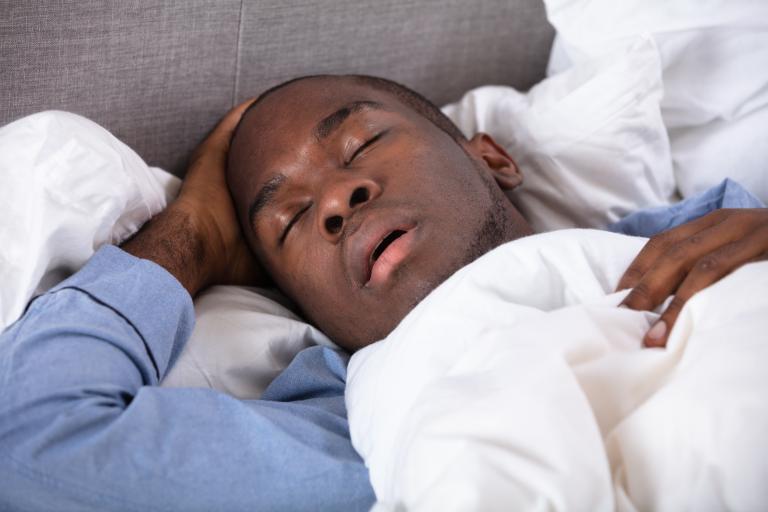How Sleep Works How Sleep Works
 Sleep is a period of rest that alternates with wakefulness. You have internal body clocks that control when you are awake and when your body is ready for sleep. These clocks have cycles of approximately 24 hours. The clocks are regulated by multiple factors, including light, darkness, and sleep schedules. Once asleep, you cycle through the stages of sleep throughout the night in a predictable pattern.
Sleep is a period of rest that alternates with wakefulness. You have internal body clocks that control when you are awake and when your body is ready for sleep. These clocks have cycles of approximately 24 hours. The clocks are regulated by multiple factors, including light, darkness, and sleep schedules. Once asleep, you cycle through the stages of sleep throughout the night in a predictable pattern.
Sleep is important because it affects many of your body’s systems. Not getting enough sleep or enough quality sleep raises your risk for heart and respiratory problems and affects your metabolism and ability to think clearly and focus on tasks.


